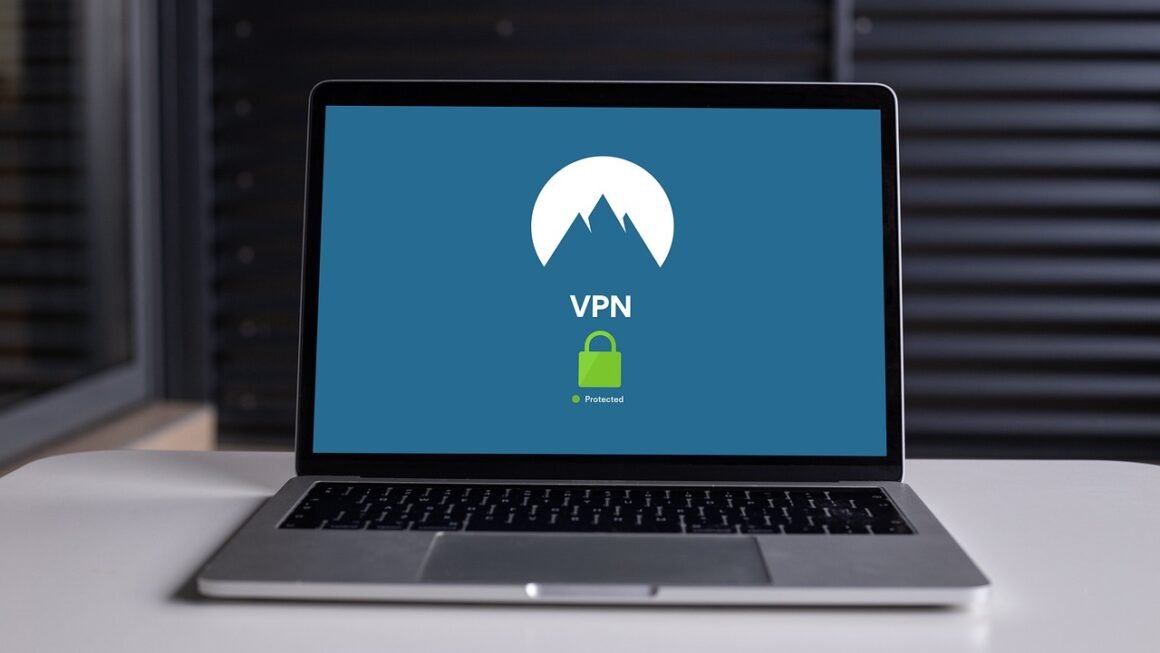In today’s interconnected world, ensuring that users are who they claim to be is paramount. From accessing your bank account online to logging into your favorite social media platform, authentication acts as the gatekeeper, protecting sensitive information and preventing unauthorized access. This blog post delves into the intricacies of authentication, exploring its various methods, benefits, and best practices.
What is Authentication?
Definition and Purpose
Authentication is the process of verifying the identity of a user, device, or system. Its primary purpose is to ensure that only authorized entities can access resources, data, or functionalities. Unlike authorization, which determines what an authenticated user can access, authentication focuses on establishing who the user is.
- Essentially, authentication answers the question: “Are you who you say you are?”
Why is Authentication Important?
Robust authentication mechanisms are crucial for:
- Security: Preventing unauthorized access and data breaches. According to a Verizon data breach investigations report, compromised credentials were a major factor in nearly 80% of hacking-related breaches.
- Trust: Building confidence among users that their information is protected.
- Compliance: Meeting regulatory requirements such as GDPR, HIPAA, and PCI DSS, which mandate strong access controls.
- Accountability: Enabling tracking and auditing of user activities.
- User Experience: Providing a seamless and secure login experience. Poor authentication can lead to frustrated users and abandonment of services.
Common Authentication Methods
Password-Based Authentication
The most traditional and widely used method. Users provide a username and password combination. However, password-based authentication is often vulnerable due to weak passwords, password reuse, and phishing attacks.
- Example: Logging into your email account with your username and password.
Best Practices:
- Enforce strong password policies (e.g., minimum length, complexity requirements).
- Implement password salting and hashing to protect passwords stored in databases.
- Encourage users to use password managers and avoid reusing passwords.
- Consider implementing passwordless authentication (discussed below).
Multi-Factor Authentication (MFA)
MFA adds an extra layer of security by requiring users to provide multiple verification factors from different categories:
- Something you know: Password, PIN, security questions.
- Something you have: Security token, smartphone, hardware key.
- Something you are: Biometric data (fingerprint, facial recognition).
- Example: Logging into your bank account and receiving a one-time code on your phone to complete the login process.
Benefits of MFA:
- Significantly reduces the risk of account compromise, even if a password is stolen. Microsoft reports that MFA can block over 99.9% of account compromise attacks.
- Provides an additional layer of protection against phishing and social engineering attacks.
- Can be implemented through various methods, including SMS codes, authenticator apps (e.g., Google Authenticator, Authy), and hardware security keys.
Biometric Authentication
Uses unique biological characteristics to verify identity. Examples include:
- Fingerprint scanning
- Facial recognition
- Voice recognition
- Iris scanning
- Example: Unlocking your smartphone with your fingerprint or face.
Advantages:
- Enhanced security due to the uniqueness of biometric data.
- Convenient and user-friendly.
- Difficult to replicate or steal compared to passwords.
Considerations:
- Potential privacy concerns regarding the storage and use of biometric data.
- Accuracy can be affected by environmental factors (e.g., lighting for facial recognition).
- “Liveness detection” is crucial to prevent spoofing attacks using photos or videos.
Certificate-Based Authentication
Uses digital certificates to verify the identity of users, devices, or servers. Certificates are issued by a trusted Certificate Authority (CA) and contain cryptographic keys that are used to authenticate the entity.
- Example: Secure websites using HTTPS use TLS certificates to authenticate the server to the client.
Benefits:
- Strong security based on cryptographic principles.
- Can be used for both user and device authentication.
- Often used in enterprise environments and for secure communication protocols.
Implementation Details:
- Requires a Public Key Infrastructure (PKI) to manage certificates.
- Users may need to install client certificates on their devices.
- Certificate revocation is essential for security management.
Passwordless Authentication
Eliminates the need for passwords altogether. Common methods include:
- Magic links: A link sent to the user’s email address that allows them to log in with a single click.
- One-Time Passcodes (OTP): A temporary code sent via SMS or email.
- Biometric authentication: Using fingerprint or facial recognition.
- Security keys: Physical devices that authenticate users using cryptographic keys.
- Example: Using a FIDO2-compliant security key (like a YubiKey) to log into your Google account.
Advantages:
- Improved security by eliminating the risk of password-related attacks.
- Enhanced user experience due to simplified login process.
- Reduced administrative overhead associated with password resets.
Implementing Authentication Best Practices
Secure Storage of Credentials
Never store passwords in plain text. Use strong hashing algorithms (e.g., bcrypt, Argon2) with salting to protect passwords. Encrypt sensitive authentication data at rest and in transit.
Regularly Update Authentication Mechanisms
Stay up-to-date with the latest security vulnerabilities and patches related to authentication libraries and protocols. Regularly review and update your authentication mechanisms to address emerging threats.
Implement Rate Limiting and Account Lockout Policies
Prevent brute-force attacks by implementing rate limiting on login attempts and locking accounts after a certain number of failed attempts. Provide a mechanism for users to recover their accounts (e.g., password reset) securely.
Audit Logs and Monitoring
Maintain detailed audit logs of all authentication events, including successful and failed login attempts. Monitor these logs for suspicious activity and investigate any anomalies.
User Education
Educate users about the importance of strong passwords, avoiding phishing attacks, and enabling MFA. Provide clear instructions and support for using authentication mechanisms.
Authentication Protocols and Standards
OAuth 2.0
A widely used authorization framework that allows applications to access resources on behalf of users without requiring their credentials. Often used for social login and API access.
OpenID Connect (OIDC)
An identity layer built on top of OAuth 2.0 that provides user authentication and identity information to applications.
SAML (Security Assertion Markup Language)
An XML-based standard for exchanging authentication and authorization data between security domains. Commonly used for Single Sign-On (SSO) in enterprise environments.
FIDO (Fast Identity Online)
A set of open standards that enable passwordless authentication using security keys or platform authenticators (e.g., fingerprint sensors on laptops and smartphones).
Conclusion
Authentication is a critical component of any secure system. Choosing the right authentication method and implementing best practices are essential for protecting sensitive data, maintaining user trust, and complying with regulatory requirements. By understanding the various authentication methods and implementing robust security measures, organizations can significantly reduce the risk of unauthorized access and data breaches. As technology evolves, staying informed about the latest authentication protocols and standards is crucial for maintaining a strong security posture. The future of authentication is likely to involve a greater emphasis on passwordless methods, biometric authentication, and adaptive authentication, which dynamically adjusts security measures based on user behavior and risk factors.



